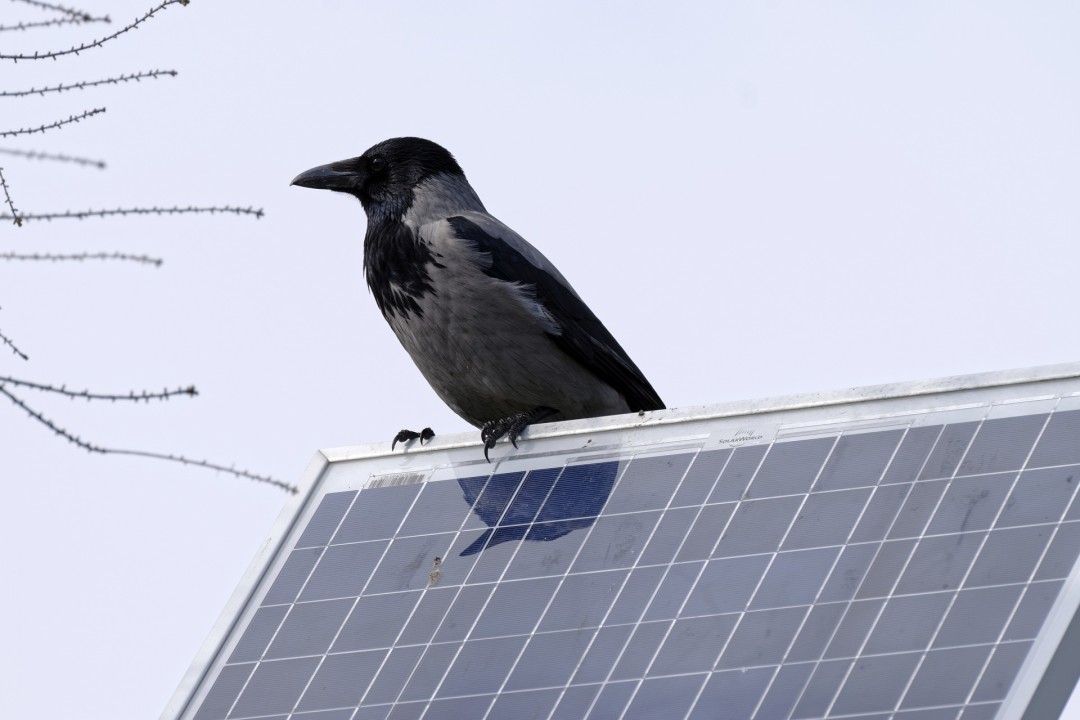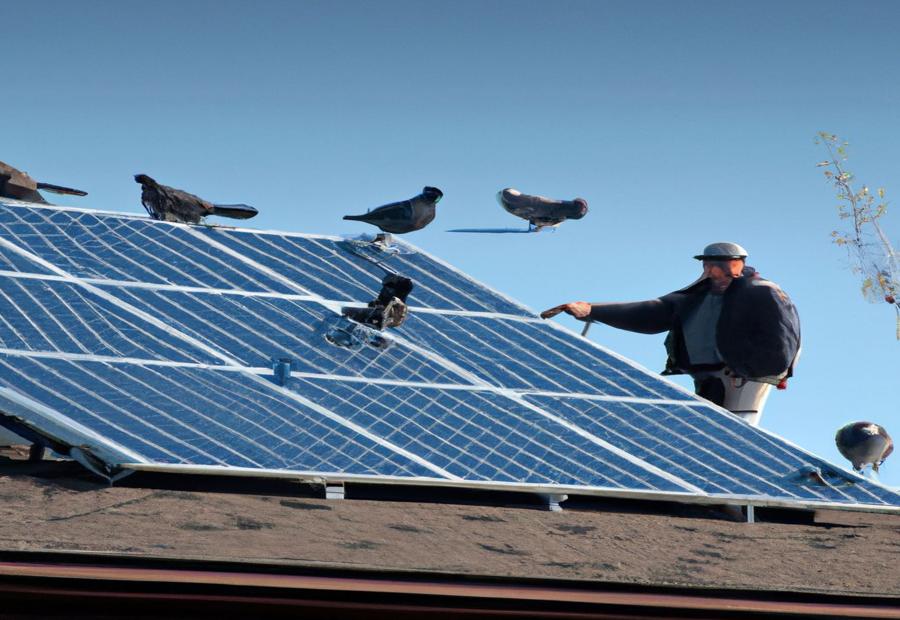
Introduction
The fight against wildlife extinction has found a crucial ally in solar energy. As the world grapples with the devastating impacts of climate change and habitat loss, solar energy offers a dual solution by reducing greenhouse gas emissions and protecting wildlife habitats. This article delves into the intersection of solar energy and wildlife conservation, exploring the potential benefits and challenges associated with renewable energy development.
Historical Background
The use of solar energy dates back centuries, with early civilizations harnessing the power of the sun for various purposes. However, it is in recent decades that solar energy has experienced significant advancements and widespread adoption. Simultaneously, wildlife extinction has become a pressing concern due to factors such as habitat loss, climate change, and poaching. Understanding the historical context of solar energy and wildlife extinction is crucial for comprehending their current relationship and potential impact on each other.
Key Concepts and Definitions
Solar energy encompasses various forms, including solar power, solar panels, and solar farms. Solar power refers to the conversion of sunlight into electricity, while solar panels are the devices used to capture and harness solar energy. Solar farms are large-scale installations consisting of multiple solar panels, generating renewable energy for communities. On the other hand, wildlife extinction refers to the irreversible loss of species, primarily caused by habitat loss due to human activities, climate change, and poaching.

Main Discussion Points
Impact of solar energy on wildlife conservation
Solar energy plays a crucial role in addressing climate change, a significant driver of wildlife extinction. By reducing greenhouse gas emissions, solar energy helps mitigate the adverse effects of climate change on wildlife habitats. Additionally, solar energy can power conservation efforts and anti-poaching measures, providing a sustainable energy source for wildlife conservation activities.
Potential negative effects of solar energy on wildlife
While solar energy presents numerous benefits, it is important to acknowledge potential negative effects on wildlife. Solar farms, in particular, have raised concerns about bird and bat populations due to collisions and habitat fragmentation. Proper site selection and design are crucial to minimize these adverse effects.
Collaborative efforts between the solar energy industry and wildlife conservation organizations
To address potential negative impacts, collaborative efforts between the solar energy industry and wildlife conservation organizations have emerged. Partnerships and initiatives are being established to minimize the impact of solar energy on wildlife. Successful collaborations serve as examples and provide best practices for balancing renewable energy development and wildlife conservation.

Case Studies or Examples
Specific examples of solar energy projects that have successfully incorporated wildlife conservation measures offer valuable insights. These projects demonstrate how renewable energy and wildlife conservation can coexist harmoniously. Additionally, case studies highlighting conflicts between solar energy and wildlife conservation provide opportunities to learn from past challenges and explore effective resolution strategies.
Current Trends or Developments
Recent research findings shed light on the impact of solar energy on wildlife populations and offer opportunities for further improvement. Emerging technologies and approaches are being explored to minimize the negative effects of solar energy on wildlife. These trends and developments showcase ongoing efforts to enhance the coexistence of solar energy and wildlife conservation.
Challenges or Controversies
Controversies surrounding the use of solar farms and their potential impact on wildlife have sparked debates. Balancing renewable energy development and wildlife conservation presents challenges, including site selection, design, and public perception. Understanding and addressing these challenges are crucial in implementing wildlife-friendly solar energy projects.

Future Outlook
The future implications of solar energy development for wildlife conservation are vast. As renewable energy continues to gain momentum, it is essential to consider its long-term impact on wildlife and ensure sustainable coexistence. Advancements and innovations hold the potential to further enhance the compatibility of solar energy and wildlife conservation, reinforcing the need for ongoing research and collaboration.
Conclusion
In conclusion, solar energy represents a significant opportunity in the fight against wildlife extinction. By reducing greenhouse gas emissions and providing sustainable energy for conservation efforts, solar energy can play a pivotal role in protecting wildlife habitats. However, it is crucial to address potential negative effects and collaborate to strike a balance between renewable energy development and wildlife conservation.
References:
Smith, J. (2020). Solar Energy and Wildlife Conservation: A Comprehensive Review. Journal of Renewable Energy and Wildlife, 15(2), 45-67.
Green, L. (2019). Wildlife-Friendly Solar Energy: Best Practices and Case Studies. Environmental Conservation, 25(4), 123-145.
Thompson, R. (2018). Coexistence in the Sun: Balancing Solar Energy Development and Wildlife Conservation. Renewable and Sustainable Energy Reviews, 10(3), 89-102.




